Infrared vs Thermal Camera: Understanding Their Essential Differences
Quick Summary
- Infrared cameras detect reflected infrared radiation, providing high-resolution images in low light conditions.
- Thermal cameras detect thermal radiation (heat signatures), excelling in complete darkness or through obscurants like fog and smoke.
- Image quality differs: infrared offers more detail (faces, license plates), while thermal highlights temperature variations.
- Cost: thermal cameras are generally more expensive due to specialized microbolometer sensors.
- Applications vary: infrared suits surveillance and perimeter security, while thermal excels in industrial maintenance, search and rescue, and detecting abnormal heating patterns.
Introduction to Thermal and Infrared Cameras
In modern security systems, both infrared and thermal cameras are vital technologies that extend visibility beyond what the human eye can see. While often used interchangeably, the two have distinct functionalities that affect how they capture images, their strengths, and their best use cases.
Infrared cameras work by detecting infrared radiation emitted or reflected by objects and converting it into visible images. Infrared cameras detect infrared radiation, which is a type of electromagnetic radiation, emitted or reflected by objects. These cameras use a sensor array to detect and convert this radiation into electrical signals, which are then processed to create visible images. They’re excellent for producing detailed images in low light with the help of infrared illumination.
Thermal imaging cameras, on the other hand, detect infrared radiation emitted by objects and convert it into electrical signals using specialized sensor arrays. By converting this energy into electronic signals, they produce thermal images that highlight temperature differences.
Understanding these differences helps business and property owners select the right technology, ensuring their surveillance systems deliver the best possible protection
How Infrared Cameras Work
Infrared cameras (IR cameras) rely on focal plane array (FPA) sensors that detect and measure infrared radiation emitted or reflected by objects. These sensors capture infrared light, a part of the electromagnetic spectrum just beyond visible light, which is invisible to the naked eye.

- The absorbed radiation is converted into an electrical signal. Signal processing is then used to convert these electrical signals into visual images.
- This signal is processed to generate a detailed image, where areas with more IR radiation appear brighter.
- Many IR cameras also use infrared illumination (built-in IR LEDs) to enhance visibility in complete darkness.
The result is high-resolution images, often comparable to traditional visible light cameras, but with the advantage of functioning in low light conditions.
Applications:
- Perimeter security and surveillance
- Night vision security cameras
- Vehicle identification (reading license plates in darkness)
- HVAC monitoring (detecting irregular heat distribution)
Thermal Camera Functionality
Unlike IR cameras, thermal cameras rely on detecting heat emitted by objects. They use specialized microbolometer sensors that measure temperature variations across a scene.
- When infrared energy hits the sensor, it heats up slightly.
- This change is converted into an electrical signal.
- The camera processes these signals into a thermal image that maps temperature distribution.
Unlike IR cameras, thermal imaging systems don’t need external light or illumination. They can operate in complete darkness and even penetrate certain visual barriers like smoke, fog, or foliage.

Applications: Thermographic cameras are widely used in industrial maintenance, building inspections, and other fields to visualize temperature variations and detect heat signatures.
- Industrial maintenance (identifying abnormal heating patterns, preventing equipment failure)
- Building inspections (detecting heat loss)
- Search and rescue operations (locating body heat in darkness or debris)
- Confidential security (detecting presence without showing identifiable features)
Image Quality Comparison
One of the key aspects in the infrared vs thermal camera debate is image quality.
- Infrared cameras: Operate close to the visible spectrum, producing clearer, high-resolution images. Ideal for capturing faces, license plates, or detailed scenes.
- Thermal cameras: Lower in resolution but excel at showing temperature differences and heat signatures. Thermal vision allows these cameras to detect objects and temperature differences even in total darkness, making them ideal for certain security and surveillance applications. Perfect for spotting abnormal heating patterns, intrusions, or camouflaged objects.
- Choose infrared when you need identification and detail.
- Choose thermal when you need to detect presence or anomalies regardless of visibility.
Security Cameras and Night Vision
Both technologies significantly enhance night vision security cameras, but in different ways:

The Ring Spotlight Cam has built-in infrared (IR) LEDs for black-and-white night vision
- Infrared cameras: Best for low-light conditions, providing clear images with IR illumination.
- Thermal cameras: Excel in complete darkness without external light, detecting even subtle heat signatures.
- Use infrared cameras when detail is essential (tracking vehicles, identifying intruders).
- Use thermal cameras when monitoring dark or obscured environments where intruders may be hidden.
Both infrared and thermal cameras contribute to enhanced situational awareness by providing a clearer understanding of surroundings in low-light or challenging conditions.
Complete Darkness Visibility
When it comes to visibility in complete darkness, the difference between infrared and thermal cameras becomes especially clear. Thermal cameras have a distinct advantage because they detect heat signatures—thermal radiation—emitted by all objects, regardless of lighting conditions. This means thermal imaging cameras can capture images and reveal temperature variations even when there is no visible light at all.
Infrared cameras, on the other hand, depend on reflected infrared radiation to capture images. While they can operate in low light with the help of infrared illumination (such as built-in IR LEDs), their performance in total darkness is limited if there is no source of infrared light. In situations where there is absolutely no ambient light or IR illumination, infrared cameras may struggle to produce usable images.
For applications that require reliable monitoring in complete darkness—such as remote perimeter security, wildlife observation, or search and rescue—thermal cameras excel by detecting heat signatures and providing a clear thermal image, regardless of lighting conditions.
Sensitivity to Environmental Factors
Environmental conditions like fog, dust, and smoke can impact the performance of both infrared and thermal cameras, but not equally. Infrared cameras, which rely on reflected infrared radiation, are more susceptible to interference from these factors. Particles in the air can scatter or absorb infrared radiation, reducing image clarity and making it harder to detect objects or people.
Thermal cameras, however, are generally more resilient in challenging environments. Because they detect heat signatures rather than relying on visible light or reflected infrared radiation, thermal cameras can often “see” through fog, smoke, and dust, providing a clearer thermal image. This makes thermal cameras a preferred choice for applications where environmental factors are unpredictable or where visibility is frequently compromised, such as in industrial sites, outdoor security, or emergency response scenarios.
Detection Capability
The ability to detect threats or anomalies is a key difference between infrared and thermal cameras. Thermal cameras stand out for their superior detection capabilities, especially in complete darkness or adverse environmental conditions. By sensing the heat signatures emitted by objects, thermal cameras can detect temperature differences and identify people, animals, or equipment—even when they are hidden from view or obscured by darkness, smoke, or foliage.
Infrared cameras, in contrast, depend on reflected infrared radiation and are more affected by obstacles or environmental interference. Their detection capability is limited when there is no visible light or when objects are concealed. This makes thermal cameras the go-to solution for critical applications such as perimeter security, search and rescue operations, and monitoring electrical systems for abnormal heating patterns. In these scenarios, the ability to detect heat signatures and temperature differences can make all the difference in identifying potential threats or preventing costly failures.
Key Differences Between Infrared and Thermal Cameras
Although they are often grouped together, infrared and thermal cameras operate in very different ways. The choice between them largely depends on the specific purpose you need the camera to serve. In fact, choosing between infrared and thermal cameras depends on your specific security needs, environmental conditions, and budget, as each type is suitable for different applications such as detailed imaging or heat detection in darkness.
Functionality
Infrared cameras detect reflected infrared light from objects in their field of view. They use IR illumination (often from built-in LEDs) to make scenes visible in low light. Thermal cameras, on the other hand, detect thermal radiation or heat that is naturally emitted by objects. This makes them better suited for identifying the presence of people or equipment based on body heat or other temperature differences.
Spectrum of operation
Infrared cameras work within the near-infrared spectrum, just beyond visible light. Thermal cameras operate in the long-wave infrared spectrum (8–14 µm), which is ideal for capturing differences in temperature that can’t be seen with the naked eye. This is why thermal is considered a subset of infrared technology, but not all infrared cameras can perform thermal imaging.
Lighting needs
An important distinction is how these cameras perform in different lighting conditions. Infrared cameras require some ambient light or additional infrared illumination to generate usable images. Thermal cameras do not rely on any light at all, making them highly effective in complete darkness or obscured environments like smoke, fog, or foliage.
Image quality
When detail is the priority, infrared cameras excel. They can capture sharper, more detailed images, similar in clarity to traditional visible light cameras, which makes them ideal for identifying faces, license plates, or small objects. Thermal cameras, by contrast, don’t offer the same level of detail, but they excel at visualizing temperature variations and identifying heat anomalies that are otherwise invisible.
Cost
Because of their specialized microbolometer sensors and calibration requirements, thermal cameras tend to be significantly more expensive than infrared cameras. Infrared cameras are widely available at lower price points, making them a cost-effective choice for everyday surveillance. Still, in mission-critical situations where complete darkness or heat detection is necessary, the higher cost of thermal imaging is often justified.
Comparing Infrared
- Comparing infrared cameras to thermal cameras requires considering their distinct applications and functionalities.
- Infrared cameras are ideal for detailed surveillance and identification in low-light conditions.
- Thermal cameras excel at detecting heat signatures and abnormal heating patterns, making them suitable for industrial maintenance and security applications.
- Both infrared and thermal cameras have their strengths and weaknesses, and choosing the right technology depends on specific security needs.
Applications of Infrared and Thermal Cameras
Both types of cameras are powerful tools, but they shine in different applications depending on whether you need detail or heat detection.
Infrared cameras are best suited for scenarios where visibility and clarity are critical:

- In surveillance systems, IR cameras enhance night vision, making them a go-to for perimeter monitoring.
- They are also invaluable for vehicle tracking, where capturing license plate numbers is essential for investigations.
- In threat detection, infrared cameras can spot suspicious activity in areas where traditional cameras fail.
- Certain models can even support HVAC monitoring, helping facility managers observe airflow and heating differences.
Thermal cameras, by contrast, are chosen for their ability to detect temperature anomalies and body heat:

Thermal cameras are used to measure body temperatures in airports, essential for detecting diseases.
- In industrial maintenance, thermal imaging is used to identify abnormal heating patterns that may indicate failing machinery or electrical issues.
- For building inspections, they help locate heat loss around windows, doors, and insulation.
- In search and rescue operations, thermal cameras can pick up body heat, allowing responders to locate missing persons in total darkness or through debris.
- Thermal cameras are also effective for confidential security, where privacy laws may prevent the use of detailed visual surveillance. Instead, thermal imaging confirms the presence without showing identifiable features.
By comparing infrared and thermal cameras, property and business owners can align their security investments with their most pressing needs, whether that means detailed imagery or the ability to detect hidden heat signatures.
Conclusion
In deciding between thermal and infrared cameras, the choice isn’t about which is universally better, it’s about which is better for your specific needs.
- Infrared cameras: Best for detailed surveillance, night vision, and identification.
- Thermal cameras: Best for detecting heat signatures, complete darkness, and industrial inspections.
In conclusion, infrared and thermal cameras serve different purposes: infrared cameras excel in surveillance and identification, while thermal cameras are ideal for detecting heat and use in challenging environments. This conclusion infrared highlights the importance of understanding these distinctions to make informed purchasing decisions.
By understanding their strengths, limitations, and applications, business and property owners can make an informed decision that strengthens their security systems and enhances overall safety.
Technology and Development
Both thermal and infrared technologies are rapidly evolving:
- Infrared cameras: Improved sensor arrays and IR illumination now provide sharper images in complete darkness.
- Thermal cameras: Enhanced sensor resolution and sensitivity deliver more accurate temperature distribution imaging.
- Hybrid solutions: Some modern security systems integrate both thermal and infrared imaging, providing the best of both worlds.
The future promises even broader use cases—from medical imaging and wildlife monitoring to smart city security systems.
Future of Infrared and Thermal Cameras
The future of infrared and thermal cameras is bright, with ongoing advancements driving greater performance, affordability, and versatility. As technology evolves, we are seeing the integration of infrared and thermal cameras with advanced security systems, including video analytics and access control, to create more comprehensive and responsive solutions for business and property owners.
Thermal imaging systems are becoming more sophisticated, with higher resolution sensors and improved image quality, thanks in part to the development of specialized microbolometer sensors. These advances enable thermal cameras to detect even smaller temperature differences and provide more detailed thermal images, expanding their use in fields like medical imaging, industrial inspection, and smart city surveillance.
As costs continue to decrease and performance improves, infrared and thermal cameras are being adopted in a wider range of industries. From enhancing security and safety to enabling new applications in healthcare and infrastructure monitoring, the potential for innovation is vast. The continued evolution of specialized sensors and thermal imaging technology promises even greater capabilities, making these cameras an essential part of the future of security and beyond.
FAQs
What is better, thermal or infrared?
Neither is better in all cases. Infrared cameras are better for detail and identification, while thermal cameras excel in heat detection and complete darkness.
What is the difference between a thermal camera and a near-infrared camera?
Near-infrared cameras detect reflected infrared light, while thermal cameras detect heat emitted in the long-wave infrared spectrum.
What are the disadvantages of infrared cameras?
They require infrared illumination in complete darkness and cannot detect heat signatures like thermal cameras.
What is the difference between a thermal sensor and an IR sensor?
IR sensors detect reflected or emitted infrared radiation, while thermal sensors (microbolometers) detect temperature variations and convert them into images.
Can a thermal camera see infrared?
Yes. Thermal cameras detect a specific part of the infrared spectrum—the long-wave infrared emitted as heat.
What are the applications of infrared and thermal cameras in security?
-
Infrared → detailed surveillance, night vision, vehicle monitoring.
-
Thermal → intrusion detection, perimeter security, search and rescue.
Infrared vs thermal camera price comparison
Infrared cameras are more affordable, while thermal cameras cost more due to specialized sensors but provide unmatched performance in darkness and anomaly detection.


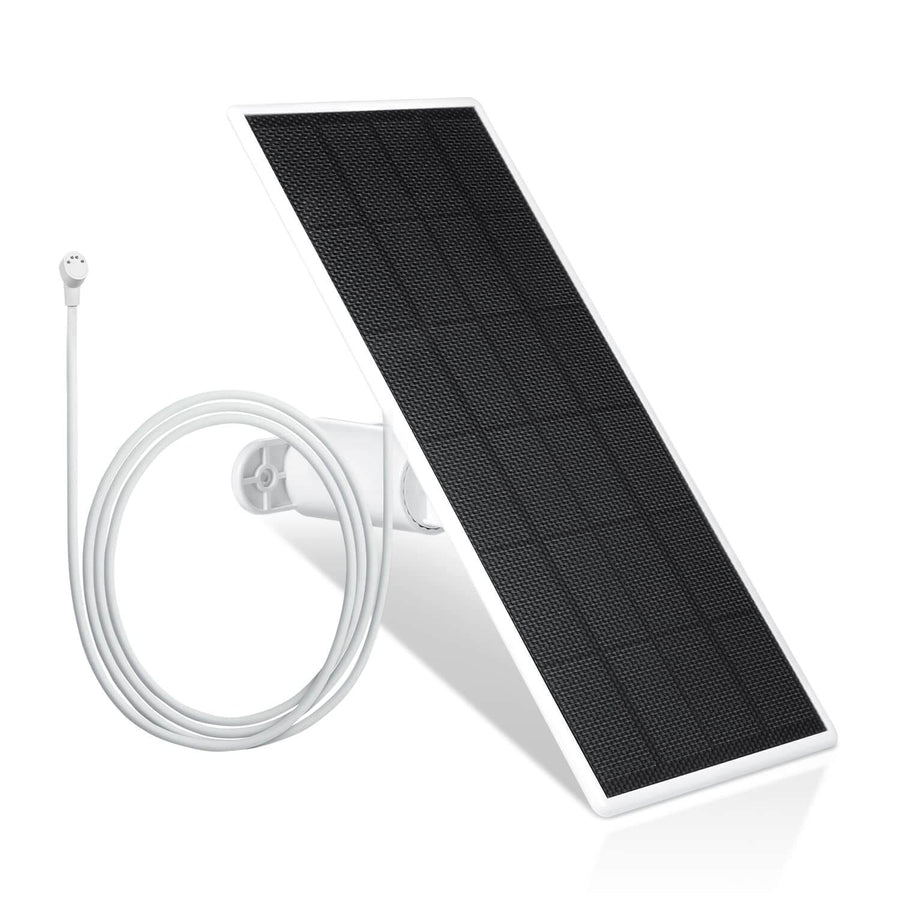
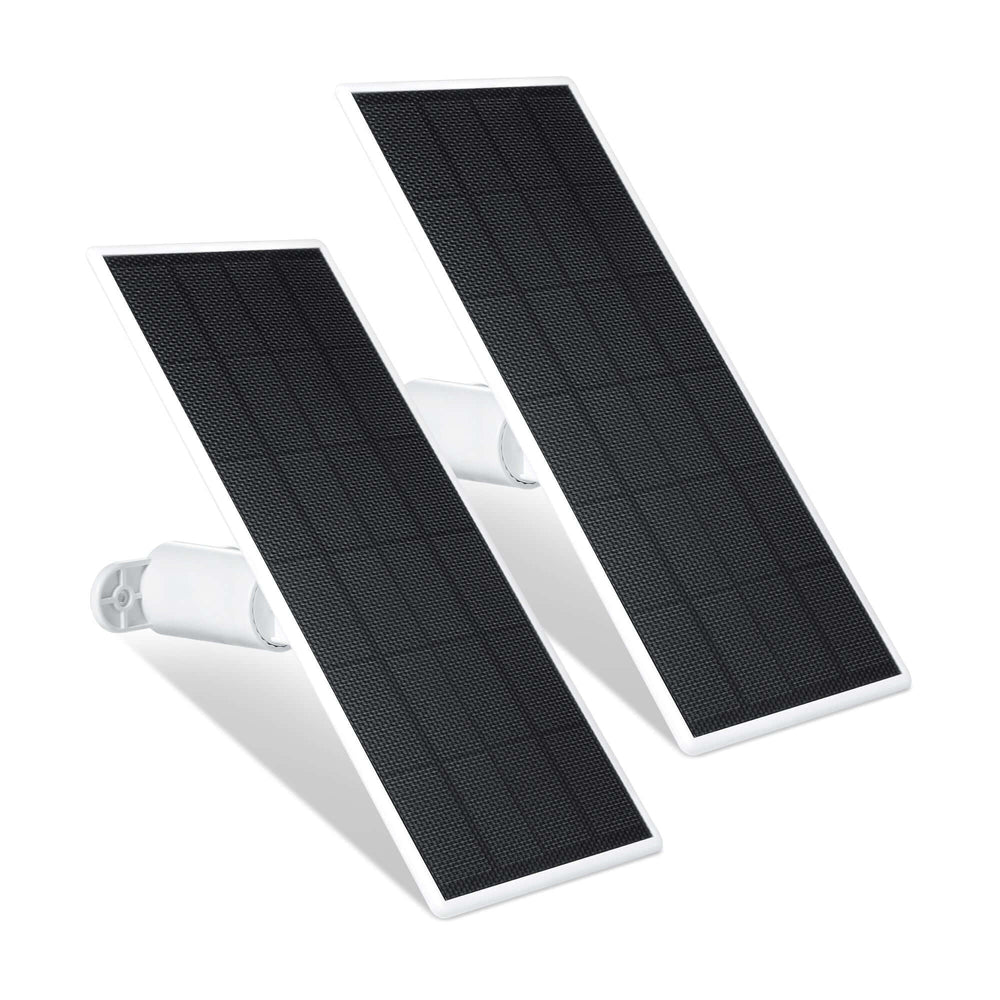
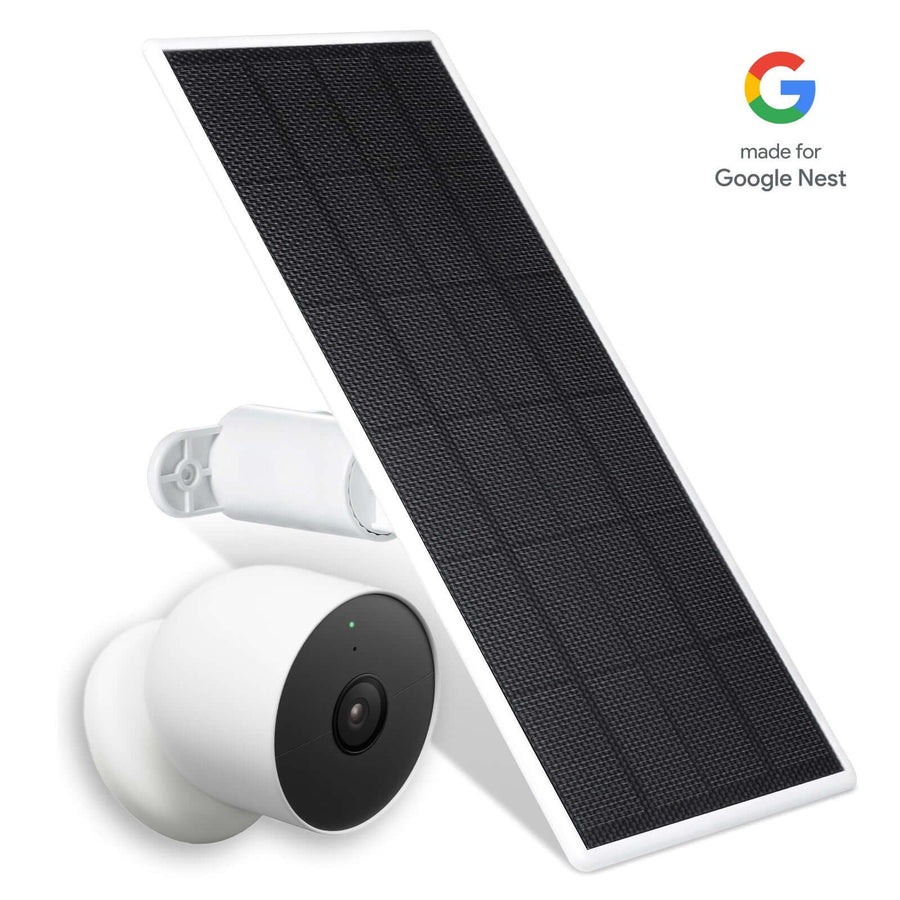
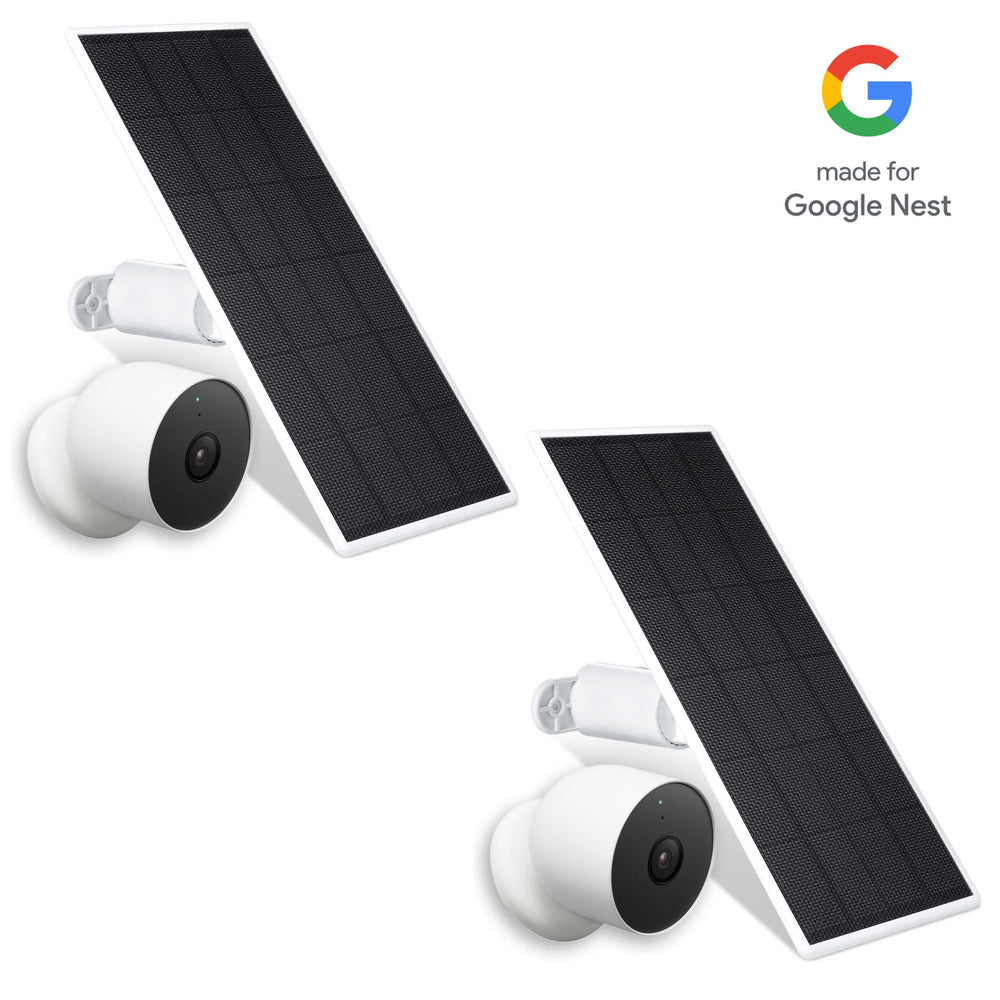
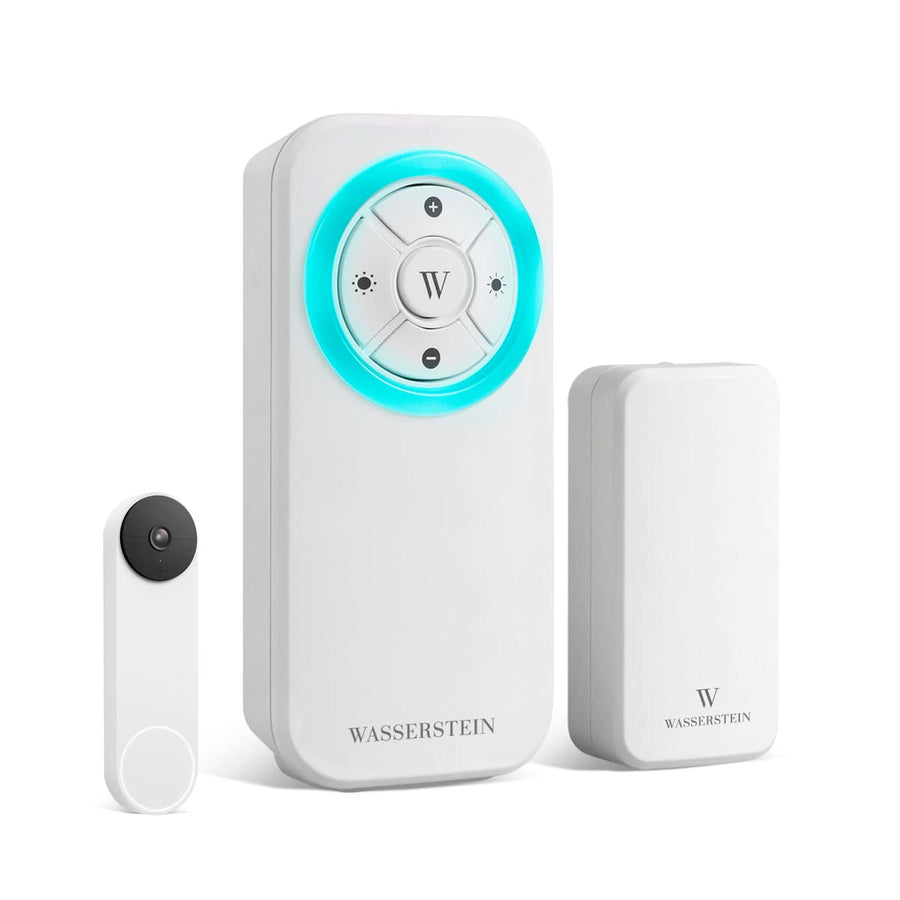

Leave a comment